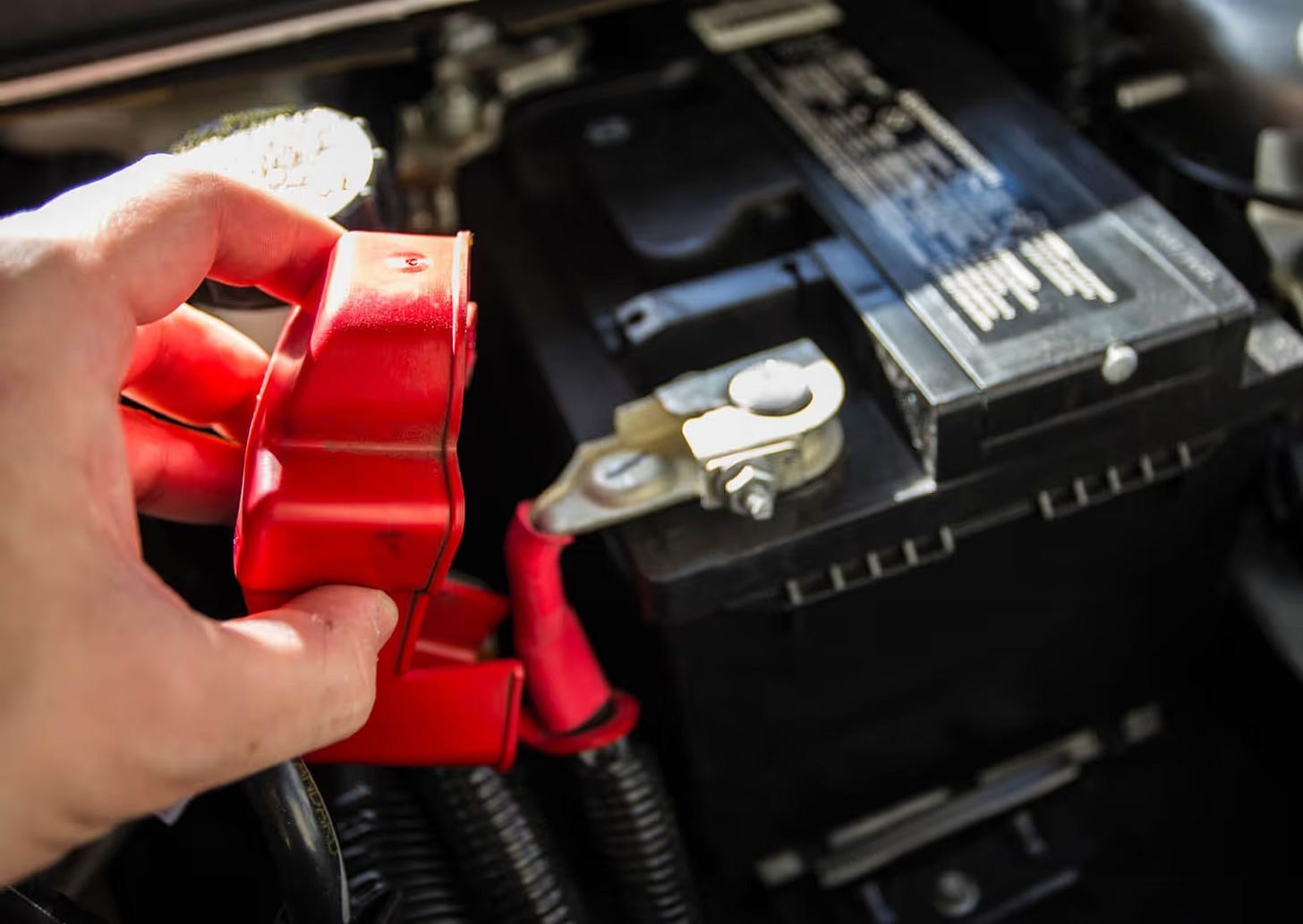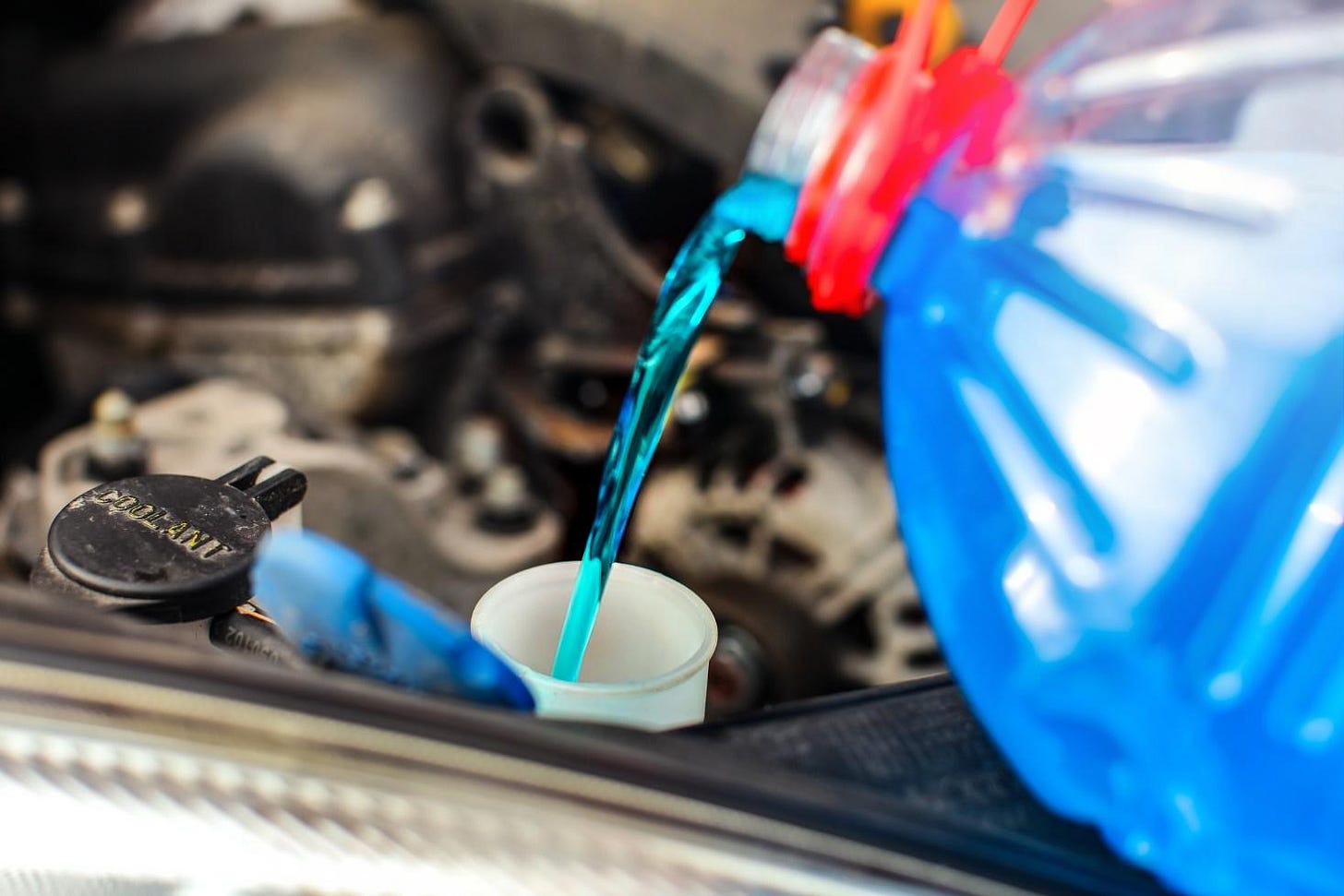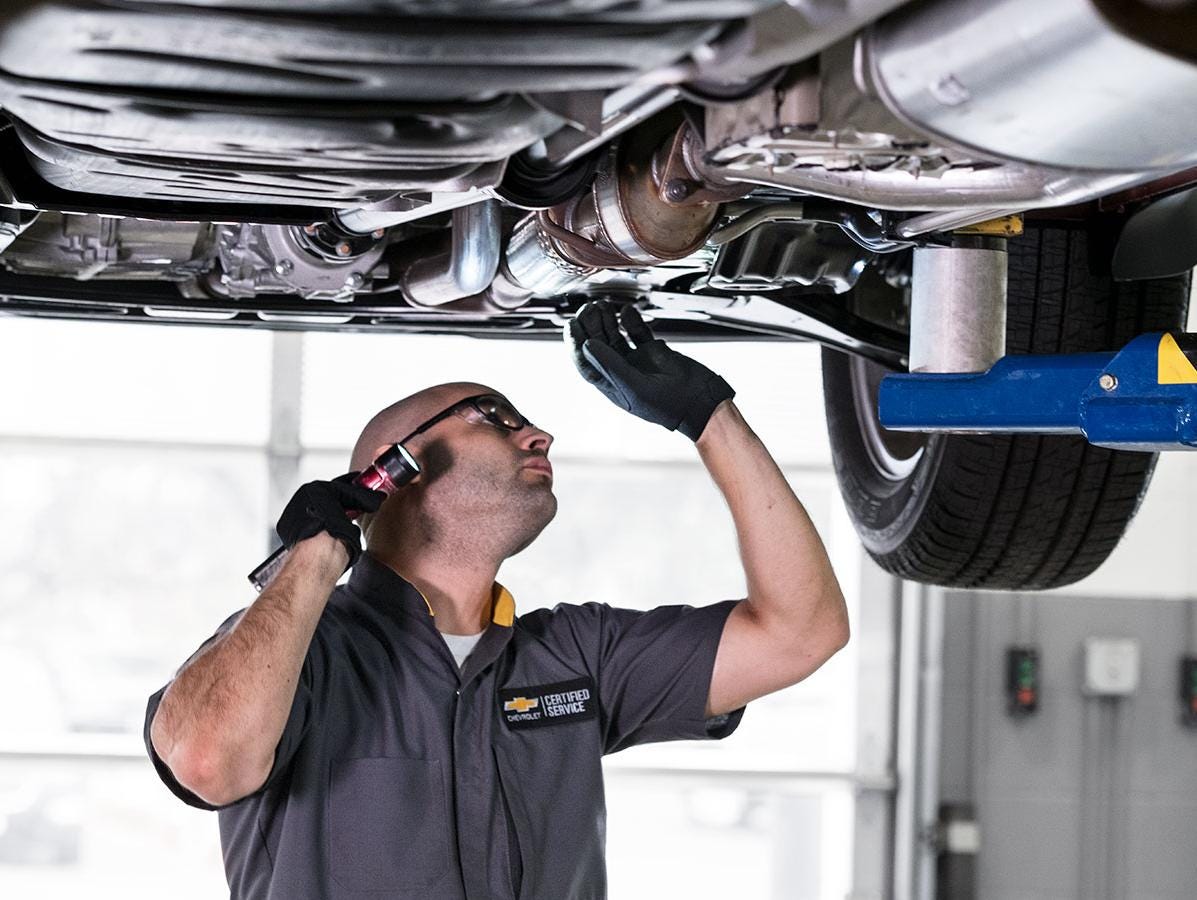10 Essential Car Maintenance Tips for Canadian Winters
Keep Your Vehicle Safe and Reliable During the Coldest Months
Canadian winters can be harsh on your vehicle, with freezing temperatures, snow, and ice posing significant challenges. Proper car maintenance is essential to ensure your vehicle remains safe, reliable, and efficient throughout the winter months. In this guide, we’ll share 10 essential car maintenance tips for Canadian winters, helping you prepare your car for the cold and avoid costly repairs. Whether you’re a daily commuter or an occasional driver, these tips will help you navigate winter roads with confidence.
1. Check Your Battery
Cold weather can significantly reduce your car battery’s performance, making it harder to start your engine.
Key Tips:
Test the Battery: Have your battery tested to ensure it’s in good condition and fully charged.
Clean Terminals: Clean the battery terminals to prevent corrosion and ensure a strong connection.
Carry Jumper Cables: Keep jumper cables in your car in case of an emergency.
Pro Tip: Consider replacing your battery if it’s more than three years old.
2. Switch to Winter Tires
Winter tires are designed to provide better traction and handling in cold, snowy, and icy conditions.
Key Tips:
Install Early: Switch to winter tires before the first snowfall to avoid last-minute rushes.
Check Tread Depth: Ensure your winter tires have adequate tread depth for optimal performance.
Proper Inflation: Keep your tires properly inflated, as cold temperatures can cause tire pressure to drop.
Pro Tip: Use all four winter tires for balanced handling and safety.
3. Use Winter-Grade Windshield Washer Fluid
Regular windshield washer fluid can freeze in cold temperatures, reducing visibility.
Key Tips:
Choose Winter-Grade Fluid: Use a winter-grade windshield washer fluid that can withstand freezing temperatures.
Keep It Topped Up: Ensure your washer fluid reservoir is always full.
Pro Tip: Carry an extra bottle of winter-grade washer fluid in your car for emergencies.
4. Inspect Your Wiper Blades
Snow and ice can quickly wear out your wiper blades, reducing their effectiveness.
Key Tips:
Replace Worn Blades: Replace your wiper blades if they’re cracked, torn, or not clearing the windshield properly.
Use Winter Blades: Consider using winter wiper blades designed to handle snow and ice.
Pro Tip: Lift your wiper blades when parked to prevent them from freezing to the windshield.
5. Check Your Antifreeze
Antifreeze (coolant) is essential for preventing your engine from freezing in cold temperatures.
Key Tips:
Check Levels: Ensure your antifreeze levels are adequate and top up if necessary.
Test the Mixture: Use a antifreeze tester to check the mixture ratio, which should typically be 50% antifreeze and 50% water.
Pro Tip: Flush and replace your antifreeze every two to three years to maintain optimal performance.
6. Maintain Your Heating System
A functioning heating system is crucial for staying warm and maintaining visibility during winter.
Key Tips:
Test the Heater: Ensure your heater and defroster are working properly before winter sets in.
Inspect Hoses and Belts: Check for any leaks or wear in the hoses and belts connected to your heating system.
Pro Tip: Run your heater for a few minutes each week to keep it in good working condition.
7. Keep Your Fuel Tank Full
A full fuel tank can prevent fuel lines from freezing and ensure you have enough gas in case of emergencies.
Key Tips:
Top Up Regularly: Keep your fuel tank at least half full during winter.
Add Fuel Additives: Use fuel additives to prevent fuel line freezing and improve engine performance.
Pro Tip: Carry a fuel can in your car for emergencies, especially during long trips.
8. Protect Your Exterior
Snow, ice, and road salt can damage your car’s exterior if not properly protected.
Key Tips:
Wash Regularly: Wash your car regularly to remove salt and grime that can cause rust.
Apply Wax: Apply a coat of wax to protect your car’s paint from winter elements.
Pro Tip: Use a rust inhibitor spray on the undercarriage to prevent rust and corrosion.
9. Prepare an Emergency Kit
Winter driving can be unpredictable, so it’s essential to be prepared for emergencies.
Key Items:
Blankets and Warm Clothing: Keep blankets, gloves, and hats in your car.
Shovel and Ice Scraper: Carry a shovel and ice scraper to clear snow and ice.
First Aid Kit: Include a first aid kit with essential supplies.
Pro Tip: Add non-perishable snacks and water to your emergency kit for long trips.
10. Schedule a Winter Maintenance Check
A professional winter maintenance check can identify and address potential issues before they become major problems.
Key Tips:
Inspect Brakes: Ensure your brakes are in good condition for safe stopping on icy roads.
Check Fluids: Have all fluids, including oil, coolant, and brake fluid, checked and topped up.
Test Lights: Ensure all lights, including headlights, brake lights, and turn signals, are working properly.
Pro Tip: Schedule your winter maintenance check early to avoid long wait times.
Conclusion
Preparing your car for Canadian winters is essential for ensuring safety, reliability, and peace of mind. By following these 10 essential car maintenance tips, you can protect your vehicle from the harsh winter elements and avoid costly repairs. Whether you’re a seasoned driver or new to winter driving, these tips will help you navigate the cold months with confidence.
For a wide selection of used cars, trucks, and motorcycles, visit AutoMarketplaceCanada.com to explore your options and find the perfect vehicle for your needs.










